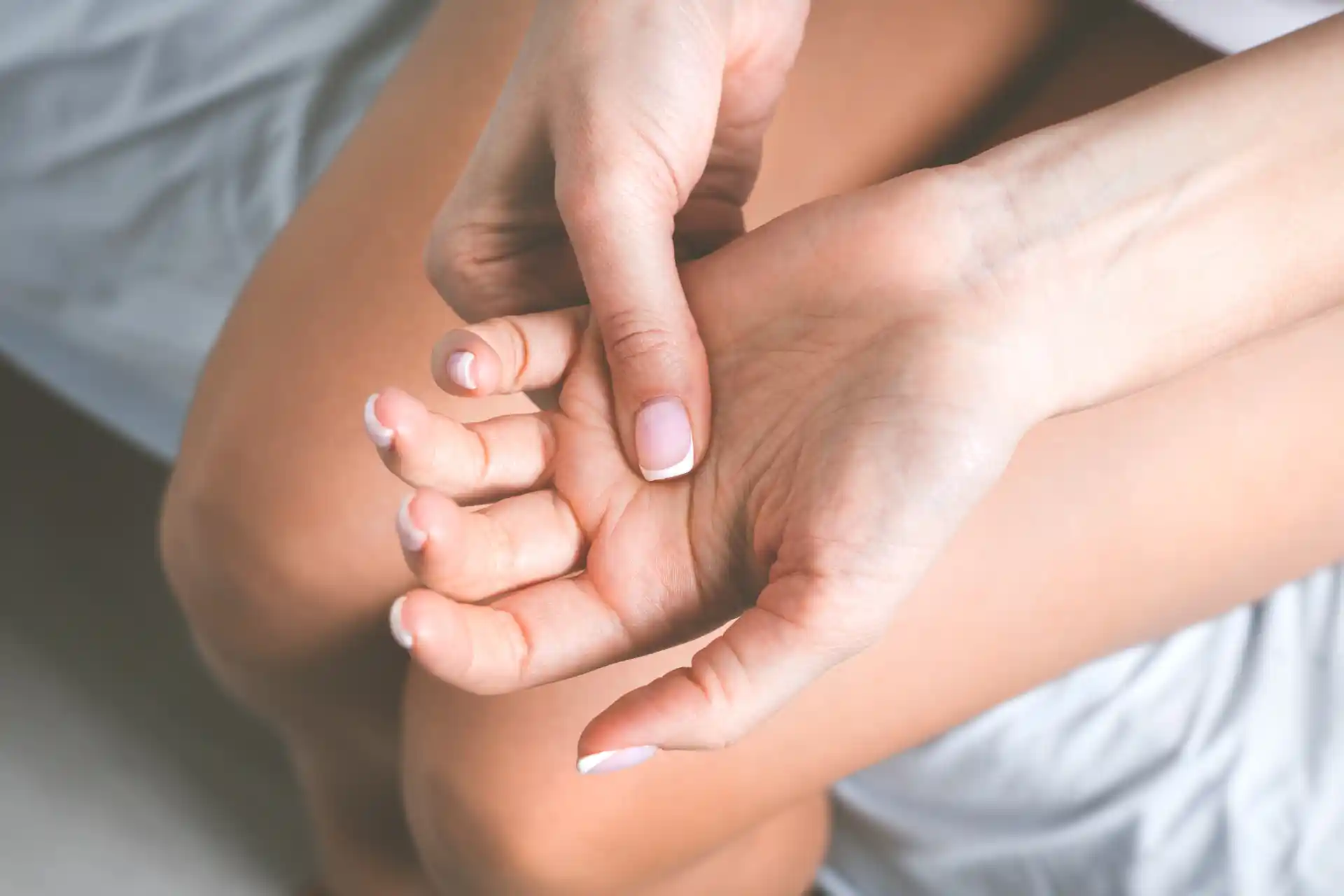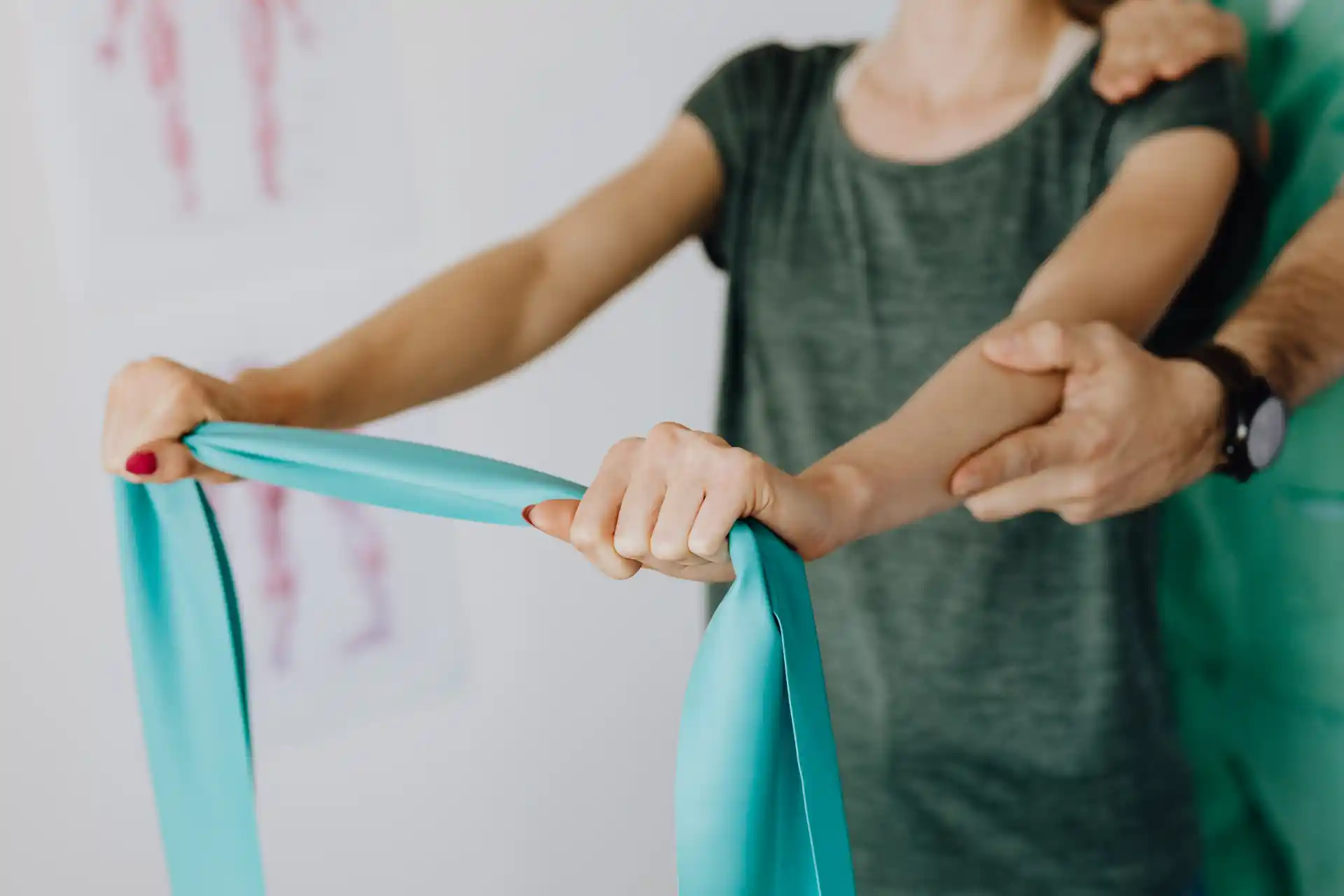Understanding Knee Ligament Injuries
When it comes to knee injuries, ligament damage is a common concern. Understanding the causes and types of knee ligament injuries is essential for effective treatment and recovery.
Common Causes of Knee Ligament Injuries
Knee ligament injuries can occur due to various factors. Some common causes include:
- Sports Injuries: Participating in sports activities that involve sudden stops, changes in direction, or direct blows to the knee can put stress on the ligaments and lead to injury. Sports like soccer, basketball, and skiing carry a higher risk of knee ligament injuries.
- Trauma or Accidents: Falls, car accidents, or any other traumatic incidents that result in a direct impact or forceful twisting of the knee can cause ligament damage.
- Overuse or Repetitive Stress: Activities that involve repetitive knee movements, such as running or jumping, can potentially strain the ligaments over time, leading to injury.
- Age and Degeneration: As we age, the ligaments in our knees may become weaker and more prone to injury. Degenerative conditions like arthritis can also contribute to ligament damage.
Types of Knee Ligament Injuries
Knee ligament injuries can involve different ligaments within the knee joint. The most commonly affected ligaments include:
- Anterior Cruciate Ligament (ACL): The ACL is located in the center of the knee and is responsible for stabilizing the joint. It is often injured during sudden stops, changes in direction, or direct impact to the knee. Learn more about ACL tears and their symptoms here.
- Medial Collateral Ligament (MCL): The MCL is located on the inner side of the knee and provides stability to the joint. It is commonly injured due to a direct blow to the outer side of the knee, causing the knee to buckle inward. Discover more about MCL tears and their symptoms here.
- Lateral Collateral Ligament (LCL): The LCL is located on the outer side of the knee and helps stabilize the joint. It is typically injured due to a direct blow to the inner side of the knee, causing the knee to buckle outward. Learn more about LCL injuries and their treatment options.
- Posterior Cruciate Ligament (PCL): The PCL is located at the back of the knee and plays a role in stabilizing the joint. PCL injuries are less common than ACL injuries but can occur due to direct impact or forceful hyperextension of the knee.
Understanding the common causes and types of knee ligament injuries is an important step in the treatment and recovery process. If you suspect a knee ligament injury, it's crucial to seek medical attention for a proper diagnosis and guidance on the appropriate treatment options.
Treatment Strategies for Knee Ligament Injuries
If you're dealing with a knee ligament injury, it's essential to understand the different treatment strategies available to promote healing and recovery. The appropriate treatment approach will depend on the severity and specific type of your knee ligament injury. Here are three common strategies used in the treatment of knee ligament injuries:
Rest and Protection
Rest and protection are crucial components of the initial treatment for knee ligament injuries. Giving your injured knee adequate rest allows the damaged ligaments to begin the healing process. During this time, it's important to avoid activities that put excessive strain on the injured knee, such as high-impact sports or activities that involve sudden changes in direction.
Protecting the injured knee may involve using crutches or wearing a knee brace to provide stability and limit movement. These measures help prevent further damage and allow the ligaments to heal properly. It's essential to follow your healthcare provider's instructions regarding the duration of rest and protection required for your specific injury.
Physical Therapy and Exercise
Physical therapy and exercise play a significant role in the rehabilitation of knee ligament injuries. Once the initial rest and protection phase is complete, your healthcare provider may recommend starting a guided physical therapy program. Physical therapy aims to restore strength, flexibility, and stability to the injured knee.
Your physical therapy program will typically include a variety of exercises and techniques tailored to your specific injury and stage of recovery. These may include stretching exercises to improve flexibility, strengthening exercises to rebuild muscle strength, and balance exercises to enhance stability. Your physical therapist will guide you through these exercises and monitor your progress to ensure proper healing and prevent further injury.
Seek RELIEF®
The RELIEF® procedure is a scientifically-backed approach designed to address the underlying issues of ligament injuries, by specifically targeting damaged fascia surrounding the area of injury and discomfort. The treatment combines ultrasound guidance and hydrodissection techniques to help release fascial adhesions, reduce inflammation, and promote scar tissue healing, in order to help free a potentially compromised ligament and address injury symptoms.1,2,3
To learn how RELIEF® can help manage your ligament injury symptoms, without the need for steroids, medication, surgery, anesthesia, or post-procedure immobilization, contact us today to schedule a consultation.
Surgical Intervention
In some cases, surgical intervention may be necessary for severe knee ligament injuries, particularly those that involve a complete tear or significant instability. Surgical treatment options typically involve reconstructing or repairing the damaged ligaments.
The decision to undergo surgery will depend on several factors, including the type and severity of the ligament injury, your activity level, and your personal preferences. Your healthcare provider will assess your condition and discuss the potential benefits and risks of surgery with you, helping you make an informed decision.
Surgical intervention is often followed by a period of rest and immobilization, followed by a comprehensive rehabilitation program to restore strength and function to the knee.
It's important to note that treatment strategies for knee ligament injuries can vary depending on individual circumstances. It is always recommended to consult with a healthcare professional to receive an accurate diagnosis and appropriate treatment plan tailored to your specific injury. For more information on knee ligament injuries, you may find our article on ligament tear helpful.
Rehabilitation Process
After a knee ligament injury, the road to recovery involves a structured rehabilitation process. This process includes specific timelines for recovery, the importance of rehabilitation exercises, and monitoring progress to ensure a successful recovery.
Timeline for Recovery
The timeline for recovery from a knee ligament injury can vary depending on the severity of the injury and the individual's overall health. Generally, the rehabilitation process can take several weeks to several months. It's important to note that every person's recovery timeline may differ, and it is crucial to follow the guidance of your healthcare professional.
Understanding the approximate timeline can help manage expectations and provide a framework for the recovery journey. However, it is essential to remember that each individual's recovery is unique.
Importance of Rehabilitation Exercises
Rehabilitation exercises play a vital role in recovering from a knee ligament injury. These exercises help restore strength, flexibility, and stability to the injured knee. They also help improve balance, coordination, and overall functional ability.
Rehabilitation exercises typically involve a combination of stretching, strengthening, and proprioceptive exercises. Stretching exercises help improve flexibility and range of motion, while strengthening exercises target the muscles surrounding the knee to provide support and stability.
Proprioceptive exercises focus on improving balance and body awareness, which are crucial for preventing future injuries. These exercises often involve balance boards, stability balls, and other tools to challenge the body's ability to maintain stability.
It is essential to work with a qualified healthcare professional, such as a physical therapist, who can guide you through a tailored rehabilitation program. They can provide proper guidance on exercise selection, technique, and progression to ensure safe and effective recovery.
Monitoring Progress
Monitoring progress throughout the rehabilitation process is essential to track improvements and make necessary adjustments to the treatment plan. Regular follow-up appointments with your healthcare professional allow them to assess your progress and modify your rehabilitation program accordingly.
During these appointments, your healthcare professional may evaluate your range of motion, strength, and functional abilities. They may also use specialized tests or measurements to assess your progress objectively. By monitoring your progress, they can ensure that you are on track for a successful recovery and make any necessary modifications to your treatment plan.
In addition to healthcare professional assessments, it is important to listen to your body and pay attention to any pain or discomfort during exercises or daily activities. If you experience any unusual symptoms or concerns, it is important to communicate them with your healthcare professional promptly.
By closely monitoring progress and maintaining open communication with your healthcare professional, you can ensure that your recovery is progressing as expected and make any adjustments necessary to optimize your rehabilitation journey. Remember, patience and consistency are key as you work towards a full recovery from your knee ligament injury.
Preventing Future Knee Ligament Injuries
After going through the recovery process for a knee ligament injury, it's essential to take preventive measures to reduce the risk of future injuries. By incorporating certain strategies into your routine, you can strengthen your knees and minimize the chances of re-injury. Here are three key prevention strategies to consider:
Strengthening and Conditioning
One of the most effective ways to prevent knee ligament injuries is to strengthen the muscles around the knee joint. By focusing on exercises that target the quadriceps, hamstrings, and glutes, you can provide stability and support to the knee. Some recommended exercises include:
- Quadriceps strengthening: Leg extensions, squats, lunges.
- Hamstrings strengthening: Hamstring curls, deadlifts, bridges.
- Glutes strengthening: Hip thrusts, step-ups, lateral band walks.
In addition to strengthening exercises, incorporating overall conditioning and cardiovascular exercises into your routine can help improve your overall fitness level and enhance the stability and endurance of your knee joints.
Proper Warm-Up and Cool Down Techniques
Before engaging in any physical activity or exercise, it is crucial to warm up properly. A thorough warm-up routine helps to increase blood flow, flexibility, and range of motion in the joints, reducing the risk of injury. Some components of a good warm-up include:
- Dynamic stretching: Leg swings, hip circles, walking lunges.
- Cardiovascular warm-up: Light jogging, cycling, or jumping jacks.
After the activity, it is equally important to cool down and stretch properly. Stretching post-workout helps to improve flexibility and prevent muscle tightness. Make sure to include static stretches for the lower body, focusing on the quadriceps, hamstrings, and calves.
Using Protective Gear
When participating in activities that involve a higher risk of knee injuries, such as contact sports or high-impact exercises, using protective gear can provide an extra layer of support and stability. Some recommended gear includes:
- Knee braces: These can provide additional support to the knee joint, especially for individuals with a history of knee injuries.
- Proper footwear: Wearing shoes that are appropriate for the activity can help maintain proper alignment and absorb shock, reducing stress on the knee joints.
- Supportive knee sleeves: These sleeves provide compression and warmth to the knee, promoting stability and reducing the risk of injury.
Remember to consult with a healthcare professional or physical therapist to determine the most suitable protective gear for your specific needs.
By incorporating these preventive strategies into your lifestyle, you can significantly reduce the risk of future knee ligament injuries. Strengthening and conditioning exercises, proper warm-up and cool down techniques, and the use of protective gear all play a crucial role in maintaining the health and stability of your knees. Stay proactive and prioritize injury prevention to keep your knees strong and resilient.
To learn how RELIEF® can help manage your ligament injury symptoms, without the need for steroids, medication, surgery, anesthesia, or post-procedure immobilization, contact us today to schedule a consultation.
.jpg)




.webp)
.svg)